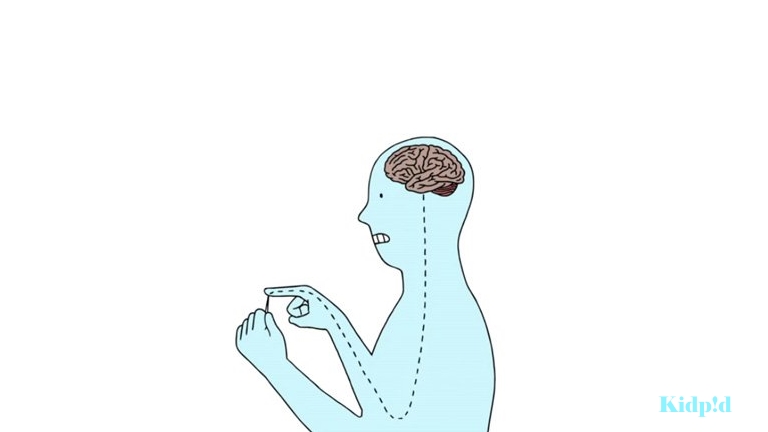How do pain relievers work?

Hey kids, today I am going to take you on a very interesting and knowledgeable tour where we will get to know about pain relievers. So are you ready for this amazing tour? Well what are we waiting for let’s go and dive in the ocean of knowledge.
But before we talk about pain relievers let’s just discuss about pain first. What do you know about pain? Why pain is caused? How it is caused? Well I have all the answers to all these questions. Do you want you know? Then let’s get started with a general scenario.
What happens when a dust particle gets into your eye? You are not able to see it but you can feel that irritation and uneasiness caused by it. Well that is pain that it gives but you see when you wash your eyes with water you feel relaxed and relieved and that is because the particle washed away from your eyes. So in this case water becomes our pain reliever.
Pain is something that prevents us harming ourselves as well as others. There are certain people who does not feel any kind of pain or they feel pain very rarely. Well it is not a good sign as it promotes self-harm as he does not feel the pain at all. To sense pain or any kind of danger in our body, there are pain sensor present at various parts of our body known as nociceptors.
Unlike other nerve cells send all kind of information to brain through electric signals but nociceptors work somewhat differently. Like for example when you touch the tip of a needle, you actually will not feel any kind of pain just because those are just regular nerve cells but when you push the needle too hard then it will hit the nociceptors threshold and it will send a signal to your brain to just stop whatever you are doing.
There are certain chemicals secreted by our body cells generally known as tuning chemical that can reduce the pain threshold and after that you can feel pain even by simply touching. Now that’s where pain relievers come to play a part. There are two kind of pain relievers namely aspirin and ibuprofen.
Aspirin and ibuprofen reduce the secretion of at least one kind of these tuning chemicals and that is prostaglandins. Now let’s discuss how they do that. When cells are damaged, they release a kind of acid known as arachidonic acid. Now two enzymes namely cox -1 and cox -2 convert this arachidonic acid into prostaglandin H2 which then converts into some other chemicals that do certain things like increasing your body temperature, inflammation, and reducing pain threshold.
All enzymes have an active site. Active site is where reaction takes place in an enzyme. In the active site of cox -1 and cox -2 arachidonic acid can fit completely to make the reaction happen. Now here we use our pain relievers. Let’s first talk about aspirin.
Aspirin attacks the two enzymes and then breaks itself leaving half of it in the enzymes that blocks the way of arachidonic acid to prevent the reaction and completely deactivating cox -1 and cox -2.
Ibuprofen on the other hand attacks the enzyme but it do not break itself. It stays there preventing the reaction between the enzymes and the arachidonic acid. Both the enzymes cox -1 and cox -2 are free to spit ibuprofen out whenever they want.
Have you ever thought that how do aspirin or ibuprofen find out that where the pain is? Well they don’t, they just spread themselves as soon as they enter the system and then actively work on the site where the pain is caused. Well there are various kind of pain like muscle pain, pain is bones and what not. Level of our pain also depends on how we react to it. Like how much attention we are providing it and even on our mood.
Scientists are working to know that whether brain can manage the amount the pain we experience. They are working towards to have a better understanding about pain and if successful then it could help people to manage and deal with pain. So here it is the end of our tour. I hope you have learnt and understood a lot.






Responses